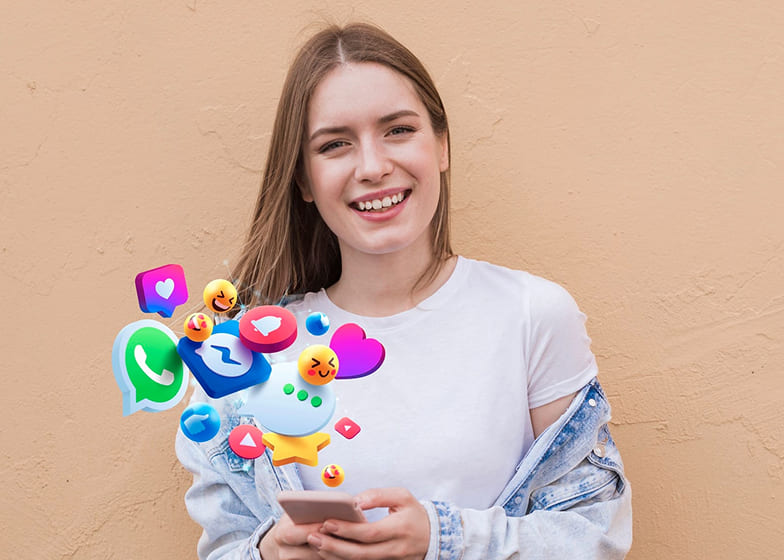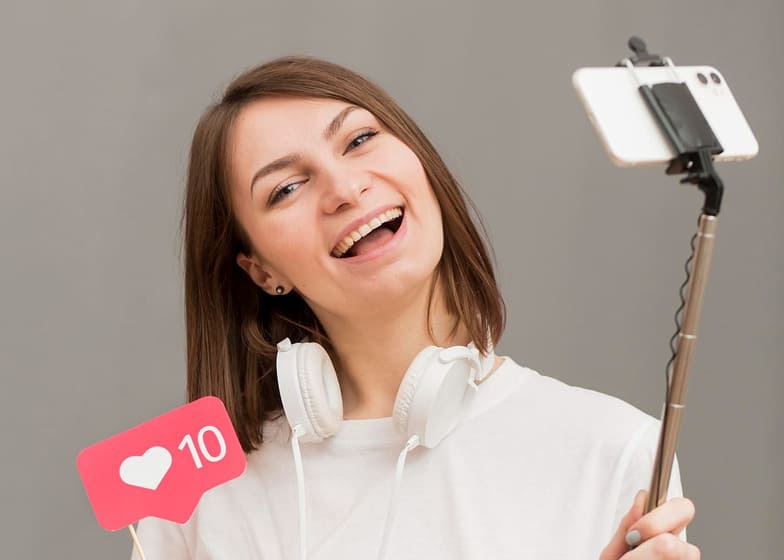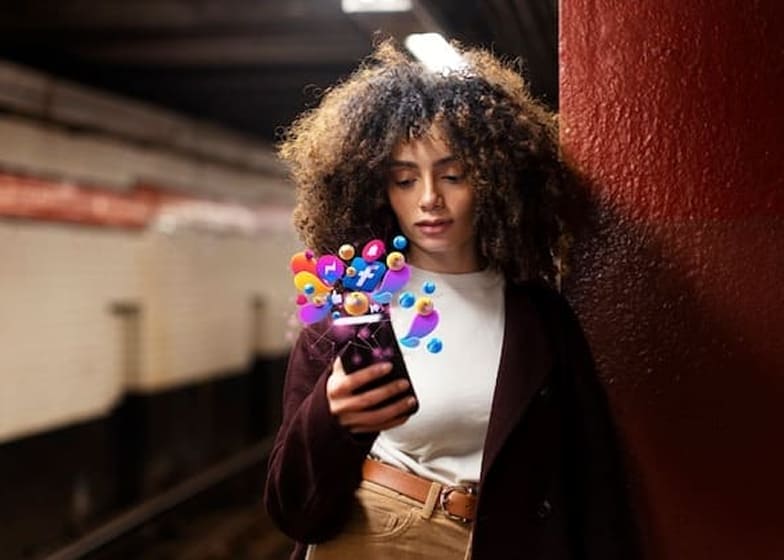Influencer marketing has become one of the most effective strategies for brands looking to reach highly engaged audiences and build trust quickly. By partnering with influencers—individuals with a loyal and relevant following—brands can leverage their credibility and reach to promote products or services. Influencers act as trusted voices within their communities, and their recommendations often carry more weight than traditional advertising, making influencer marketing a powerful tool for driving awareness, engagement, and conversions.
Successful influencer marketing starts with identifying the right influencers for your brand. It’s not just about follower count; micro-influencers with smaller, highly engaged audiences often deliver better ROI than larger influencers with passive followings. Brands should consider factors such as niche alignment, audience demographics, engagement rates, and previous campaign performance when selecting influencers to ensure the partnership resonates with the target market.
Creating authentic and creative campaigns is key to influencer marketing success. Rather than scripted promotions, brands should encourage influencers to share their genuine experiences with products or services in a way that fits their personal style. This authenticity helps the content feel relatable, fosters trust among followers, and increases the likelihood of meaningful engagement. Campaign formats can include sponsored posts, unboxing videos, tutorials, product reviews, or collaborative content like challenges or giveaways.
Finally, measuring the performance of influencer campaigns is essential to understand their impact and refine future strategies. Metrics such as engagement rate, reach, website traffic, conversions, and sales provide insights into which influencers and content types drive the best results. By continuously analyzing performance and adjusting partnerships or creative approaches, brands can maximize ROI, build stronger relationships with influencers, and create long-term, impactful influencer marketing strategies.
Influencer marketing
Influencer marketing is a strategy where brands collaborate with individuals—called influencers—who have a dedicated and engaged following on social media or other online platforms to promote their products, services, or message. Influencers are seen as trusted voices in their niche, whether it’s fashion, fitness, travel, tech, or lifestyle. Because of this trust, their recommendations often carry more weight than traditional advertising.
Key Features of Influencer Marketing:
- Authenticity: Influencers create content in their own style, which makes promotions feel genuine rather than like traditional ads.
- Targeted Reach: Brands can reach a specific audience based on the influencer’s followers, demographics, and interests.
- Engagement: Influencer content often drives higher engagement, such as likes, comments, shares, and clicks, because followers trust the influencer’s opinion.
A beauty brand partnering with a makeup influencer to demonstrate a new product on Instagram or TikTok. The influencer’s review or tutorial encourages followers to try the product, boosting awareness, engagement, and potential sales.
Influencer marketing effectively combines credibility, creativity, and reach, making it a powerful tool for brand promotion in the digital age.
Influencer Marketing Strategies That Deliver Results
Define Clear Goals for Your Campaign
The first step in influencer marketing is identifying why you’re running a campaign. Goals can range from increasing brand awareness, boosting social media engagement, driving website traffic, or generating sales. For example, if you want to launch a new fashion collection, your goal might be awareness, but if you’re running a holiday promotion, your focus might be on conversions. Setting SMART goals (Specific, Measurable, Achievable, Relevant, and Time-bound) ensures that every campaign can be tracked for performance.
Why is this important? Because without clear objectives, campaigns become vague, and ROI is difficult to measure. For instance, instead of saying “increase sales,” a better goal is “generate $20,000 in sales through influencer-driven campaigns in Q4.” Having defined goals allows brands to align with influencers more effectively and helps the influencer create tailored content.
According to Statista, businesses earn an average of $5.20 for every $1 spent on influencer marketing, making it one of the most profitable digital marketing strategies.
Choose the Right Influencers
Choosing the right influencer is about quality over quantity. A mega-influencer with millions of followers might give your brand exposure, but a micro-influencer with 20K followers could deliver higher conversions because their audience is more loyal and engaged. Engagement rates, niche alignment, and authenticity matter more than follower count.
Brands should also analyze influencer metrics like past campaign performance, audience demographics, and content style. A beauty brand, for example, will benefit more from working with a skincare influencer who consistently reviews beauty products than a travel vlogger with a massive but unrelated audience.
The global influencer marketing industry is valued at $24 billion in 2024 (and still growing), and 64% of marketers plan to increase spending on micro-influencers because they bring 3–5x higher engagement rates compared to mega-influencers.
Focus on Authenticity and Creative Freedom
Audiences today are smart—they can spot fake promotions instantly. If an influencer simply reads a script, the campaign loses credibility. Instead, brands should allow influencers to create content in their own style. This ensures the message feels natural and authentic, making followers more likely to trust the recommendation.
For example, instead of saying, “Post a picture with our product,” brands can ask influencers to show how they actually use the product in their daily routine. Authentic content creates a stronger emotional connection and resonates more with audiences.
A Nielsen study revealed that 92% of consumers trust recommendations from individuals over brands, which explains why influencer-driven sales conversions keep rising globally.
Select the Right Platforms
Not every platform will deliver the same results for your brand. Instagram and TikTok are great for fashion, beauty, and lifestyle campaigns because they are visual-first platforms. YouTube works best for in-depth tutorials, reviews, or product demos, while LinkedIn is perfect for B2B influencer marketing in industries like tech, finance, or professional services.
The choice of platform also depends on your goals. For example, if you want to go viral among younger audiences, TikTok is ideal. But if your campaign focuses on explaining product benefits in detail, YouTube should be your go-to
Instagram remains the #1 platform for influencer marketing, capturing 67% of total spending, while TikTok is the fastest-growing, projected to surpass $1.3 billion in influencer ad spend in 2025.
Use a Mix of Content Formats
To keep audiences engaged, don’t stick to just one content type. Sponsored posts, unboxing videos, tutorials, product reviews, giveaways, and live sessions all create different touchpoints for consumers. A mix of formats ensures your message reaches users in various ways, keeping it fresh and engaging.
a tech brand can use YouTube for unboxing videos, Instagram Stories for quick product highlights, and TikTok for funny, viral challenges. This multi-channel approach creates a stronger brand recall and drives conversions across multiple stages of the customer journey.
Brands that run multi-format campaigns see up to 30% higher ROI compared to single-format campaigns because they capture users at different attention spans and decision stages.
Build Long-Term Partnerships
One-off influencer posts may generate quick results, but long-term partnerships build deeper trust and loyalty. When followers see an influencer consistently using a product over time, it feels more authentic than a one-time mention. This long-term visibility helps in strengthening brand recall and positioning.
a skincare brand working with the same influencer across multiple product launches creates a narrative that followers can follow over time. It also strengthens the influencer’s trust in the brand, which gets reflected in the content.
According to HubSpot, 68% of brands prefer long-term influencer partnerships, as these relationships deliver 40% more consistent sales growth than one-off campaigns.
Leverage Data and Analytics
A strong influencer campaign is backed by data. Brands need to track key metrics such as engagement rate, reach, impressions, click-through rates, conversions, and revenue generated. This data helps identify which influencers and content styles deliver the best results.
Advanced analytics tools also allow brands to measure ROI at a granular level, such as cost per engagement (CPE) or cost per acquisition (CPA). These insights help in refining future campaigns, ensuring every dollar spent delivers maximum value.
The average ROI for influencer marketing is 650%, meaning that for every $1 spent, brands make $6.50 in return (Influencer Marketing Hub, 2024).
Budget Wisely and Negotiate Fairly
Influencer marketing budgets vary widely, from $50 per post for nano-influencers to $100,000+ per post for celebrity influencers. The key is to balance your budget based on your campaign goals and expected ROI. Sometimes, working with 10 micro-influencers can generate better results than spending your entire budget on one mega-influencer.
Brands should also consider offering non-monetary compensation like free products, affiliate revenue shares, or early access to launches. This not only reduces costs but also makes influencers feel like genuine brand partners.
In 2025, influencer marketing ad spend in the U.S. alone is projected to reach $7.14 billion, showing that brands are prioritizing it over traditional advertising.
Encourage User-Generated Content (UGC)
Encouraging influencers’ followers to create and share content builds authenticity and spreads brand awareness organically. Running hashtag challenges, photo contests, or giveaways motivates audiences to create their own content around your brand.
Starbucks’ #RedCupContest encouraged customers to post holiday cup photos, generating over 40,000 UGC posts in just 2 weeks. This kind of community-driven engagement creates massive visibility at minimal cost.
Brands that integrate UGC into influencer campaigns see a 29% increase in conversions compared to campaigns without UGC.
Stay Compliant with Rules and Transparency
Transparency is critical in influencer marketing. Influencers must disclose paid partnerships with hashtags like #ad or #sponsored to comply with regulations. Lack of transparency can hurt brand credibility and lead to penalties.
Clear contracts should also outline deliverables, posting schedules, payment, and usage rights to avoid misunderstandings. This ensures a professional relationship and protects both parties legally.
influencer compliance lawsuits cost brands an estimated $2 million+ in fines, highlighting the importance of proper disclosure.













